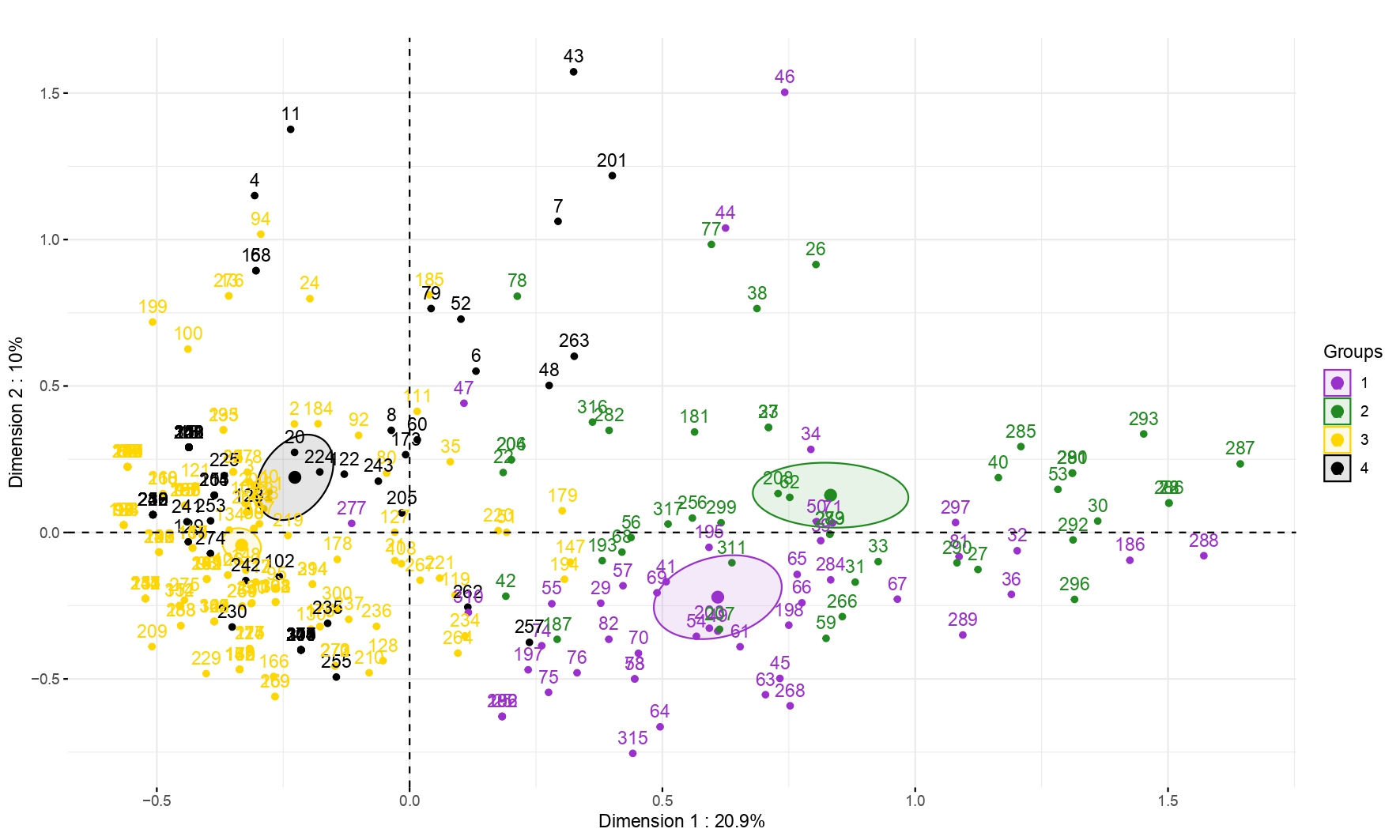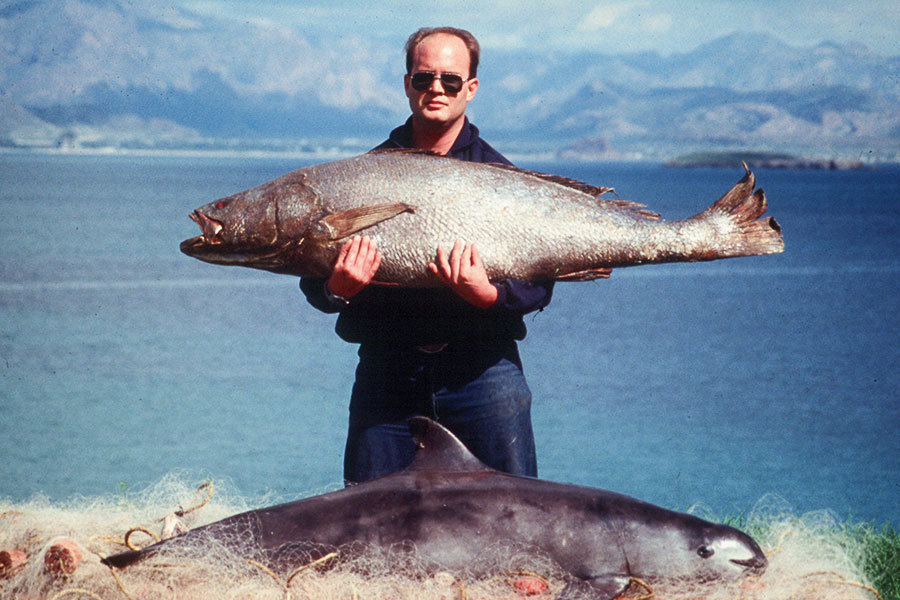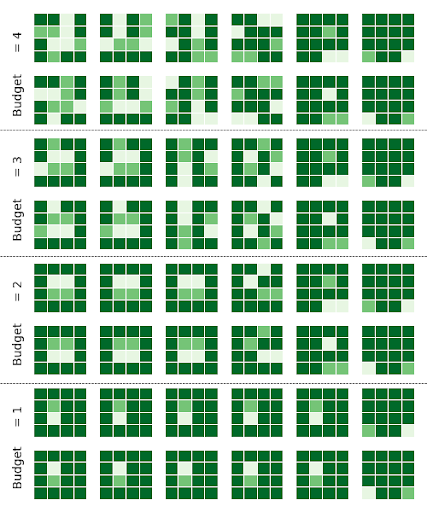Research
Published work
Bioeconomic Models for Terrestrial Social Ecological System Management : A review, International Review of Environmental and Resource Economics, 2021 - Jean, Simon and Mouysset, Lauriane

We analyze 319 bioeconomic models for terrestrial habitats, organized into four groups via multiple correspondence analysis and clustering. Two focus on conservation: one on cost-effective species preservation without monetization, the other on habitat-based measures in agriculture and forestry. The other two address biodiversity monetization and harvesting, including endangered and invasive species.
Substantial gains and little downside from farming of Totoaba Macdonaldi, Lawson, Julia M. and Jean, Simon (co first authors); Steinkruger, Andrew; Castellanos-Rico, Miguel; Goto, Garrett M.; Cisneros-Mata, Miguel Angel; Aceves-Bueno, Erendira; Warham, Matthew M.; Sachs, Adam M.; Gaines, Steven D., NPJ Ocean Sustainability, 2025

Illegal wildlife trade threatens global species, with bans often failing to curb poaching. Cartel takeover of the totoaba fishery may result in drastic population decline. Conservation farming, aimed at reducing illegal poaching by supplying farmed products, requires understanding market dynamics. For totoaba, dominated by a Mexican cartel, farming could decrease poaching by 29% or increase it by 4%, depending on costs. This flexible bioeconomic model shows that conservation outcomes vary and can be adapted for other species and markets.
Working Papers
The wildland connectivity dilemma : a graph theoretical computational approach - Jean, Simon and Mouysset, Lauriane

Fuel treatment operations reduce wildfire spread but fragment wildlife habitats, posing a trade-off for land managers. Using dynamic programming and graph theory, we analyzed treatment allocation across landscapes, finding optimal strategies that balance wildfire risk reduction and habitat connectivity. Increased budgets reduce risk but have diminishing returns. Prioritizing treatment of central cells and varying seral stages enhances landscape diversity, mitigating risk while preserving habitat connectivity.
Work in Progress
Fences - Jean, Simon
Spatially distributed renewable resource disperse in ecosystem. This pattern of dispersal has long been considered exogenous or strictly density dependent. In this article, I analyze how fencing changes dispersal. Focusing on a public bad (e.g. invasive species) that incurs control costs and damages, in a decentralized equilibrium, the spatial externality would result in under control. As fences solve the spatial externality, they foster more control. However, solving the spatial externality may not always be welfare maximizing. In the presence of spatial (economic and biological) heterogeneity, an optimal management pattern leverages the potential of a spatial arbitrage opportunity. Although fences solve the spatial externality, not all fencing is beneficial.
The fewer the merrier? Can market access be leveraged to promote biodiversity habitat - Jean, Simon
Optimal rotation in forestry economics has long been considered invariant of market structure. With a renewed approach, I show that restricting market access with fixed land concessions can change optimal rotation and the age distribution of forests. Namely, with market power, traders tend to harvest younger trees, and let a considerable amount of land populated by old growth trees, thus fostering biodiversity habitat.
Dissertation
I have defended my dissertation in November 2024. Its final version is available here
